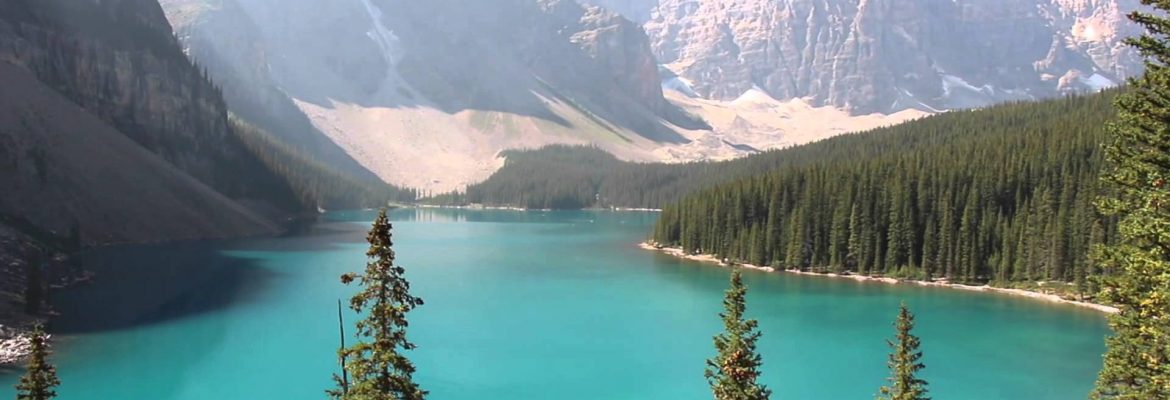Totem Bight State Historical Park, Alaska, USA
With the growth of non-Native settlements in Southeast Alaska in the early 1900’s, and the decline of a barter economy, Natives moved to communities where work was available. The villages and totem poles they left behind were soon overgrown by forests and eroded by weather.
In 1938 the U.S. Forest Services began a program aimed at salvaging and reconstructing these large cedar monuments. By using Civilian Conservation Corps (CCC) funds to hire skilled carvers from among the older Natives, two things took place: young artisans learned the art of carving totem poles, and totems which had been left to rot in the woods were either repaired or duplicated.
Alaskan architect Linn Forrest supervised construction of the model Native village for this site, then called Mud Bight. The fragments of old poles were laid beside freshly cut cedar logs, and every attempt was made to copy them traditionally. Tools for carving were hand-made, modeled on the older tools used before coming of Europeans. Samples of Native paints were created from natural substances such as clam shells, lichen, graphite, copper pebbles, and salmon eggs; natural colors were then duplicated with modern paints.
By the time World War II slowed down the CCC project, the community house and 15 poles were in place. The name of the site was then changed to Totem Bight. At statehood, in 1959, title to the land passed from the federal government to the State of Alaska, and the site was added to the National Register of Historic Places in 1970. At that time it came under the management of the State’s Department of Natural Resources for continuing historic preservation treatment by the Division of Parks and Outdoor Recreation.
Visit USA. Epic USA Adventure route © Monika & Simon Newbound. All rights reserved 2017


